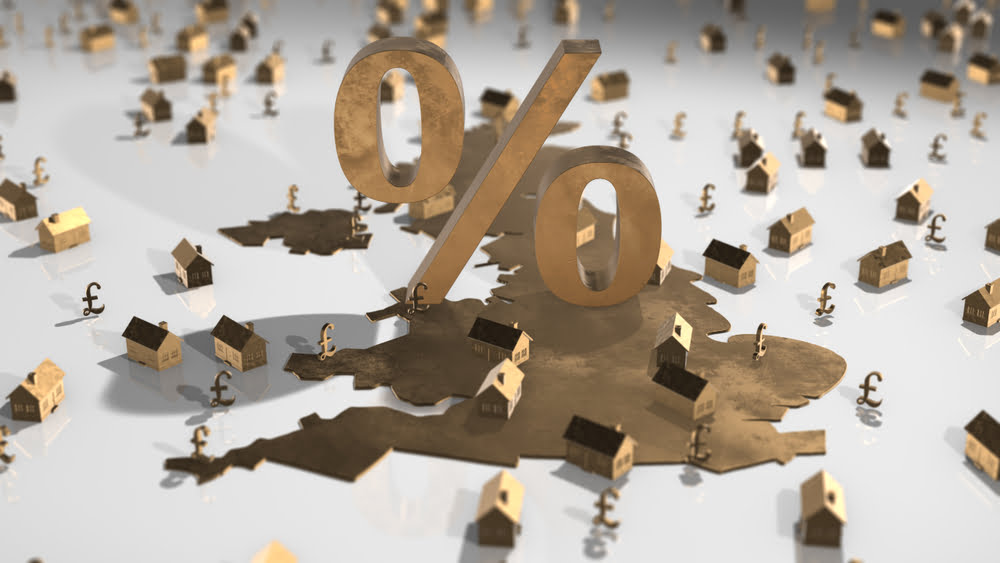The stamp duty holiday is coming to an end, and many think it will mark a change in the busy property market. We explain the stamp duty changes and how the property market could look for the remainder of 2021.
The stamp duty holiday has been beneficial for many buyers, and stressful for some. In recent months, mortgage brokers and solicitors have been working around the clock to meet the deadline and save their clients money.
The first phase of the stamp duty holiday ends on 30 June. Until now, buyers in England and Northern Ireland who complete on residential purchases before the end of June would pay no stamp duty on the first £500,000 of the property’s value.
From July onwards
From 1 July, the nil rate band will be reduced to £250,000, meaning buyers who complete on a purchase before the end of September will pay no stamp duty on the first £250,000 of the property’s value. They will pay stamp duty on the portion from £250,001 to £925,000 at a rate of five per cent.
From October onwards
From 1 October, the nil rate band will be reduced to £125,000, meaning that buyers who complete from October onwards will pay no stamp duty on the first £125,000 of a property’s value. They will pay two per cent stamp duty on the portion of £125,001 to £250,000, and five per cent on the portion from £250,001 up to £925,000.
For anyone buying a second home, the rates are different. From 1 July they will pay three per cent stamp duty on the first £250,000 and eight per cent stamp duty on the portion from £250,001 to £925,000.
What about first-time buyers?
First-time buyers won’t pay stamp duty on the purchase price of a property up to £300,000. This applies to purchases in England and Northern Ireland. However, If you’re a first-time buyer purchasing a property worth more than £500,000, you won’t qualify for first-time buyer’s relief and will need to pay stamp duty at the normal rates.
For more information on stamp duty rates, download our free guide to stamp duty payments. If you are still unsure about how much stamp duty you need to pay, you can use the government’s stamp duty calculator.
What about the property market?
You may be wondering how the stamp duty changes will affect the property market. The stamp duty holiday has certainly been credited as boosting the market, but it’s not the only reason it’s been so busy. Prospective first-time buyers who were able to save money during the various lockdowns will have more funds put aside for a deposit. In addition, many existing homeowners have decided to move to a bigger property to meet the demands of working from home. Some homeowners have decided to move out of busy cities and into more rural areas. In many cases, the restrictions we have endured have given us time to think about where and how we want to live our lives, and for many people, this has entailed moving.
High demand for property
There are more buyers than properties at present, which means that prices are continuing to rise. House prices rose by 1.7 per cent in May according to Nationwide, taking the annual growth rate to 13.4 per cent from 10.9 per cent. A spokesman for Knight Frank said he expects house price growth to slow down after the summer and added that a greater balance will return to the market. However, Nationwide predicts that house prices will continue to rise this year.

